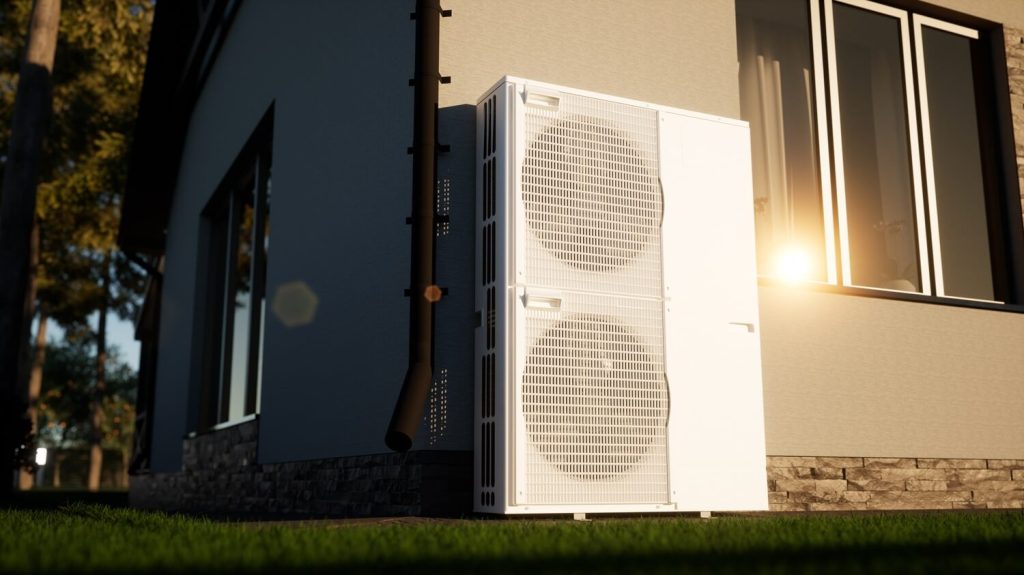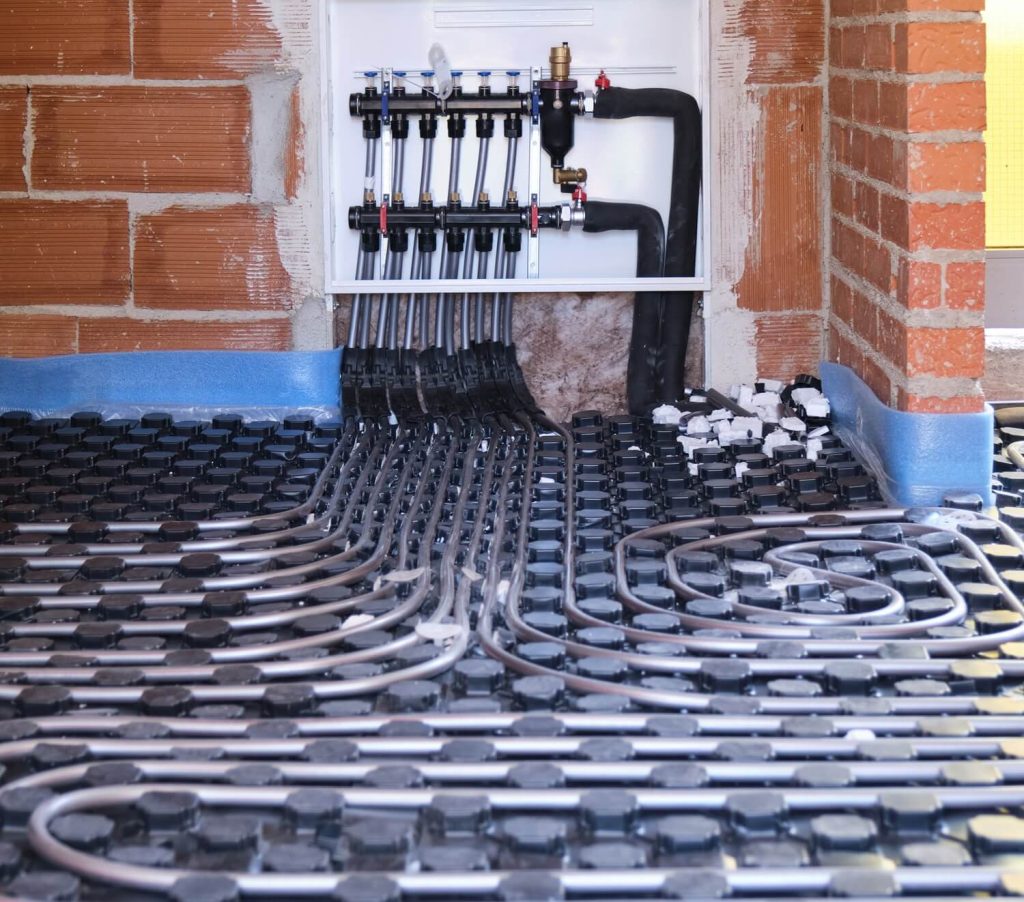The Workings Behind Geothermal Heating
What Exactly Are Geothermal Heat Systems?
Geothermal heat systems harness the Earth’s natural heat to regulate the temperature in your home. Imagine tapping into the consistent, renewable energy stored underground to keep your house warm in the winter and cool in the summer. It’s a sustainable solution that reduces reliance on fossil fuels, making it an eco-friendly choice for homeowners looking to lower their carbon footprint.
How Does a Geothermal Heating System Work?
So, how does a geothermal heating system work? At its core, the system uses a series of underground pipes filled with a heat-conducting fluid. In the winter, the fluid absorbs heat from the ground and carries it into your home. During summer, the process reverses, pulling heat from your house and transferring it back into the Earth. This efficient cycle keeps your home comfortable year-round. By leveraging the constant temperature underground, these systems provide a reliable and cost-effective way to manage your home’s climate. Ready to learn more about the benefits and installation process? Keep reading to see why geothermal heat systems might be the perfect fit for you!
The Science of Geothermal Energy
The Basics of Geothermal Energy
Geothermal energy is all about tapping into the Earth’s natural heat. The ground beneath our feet absorbs and retains heat from the sun, creating a stable and renewable energy source. This energy can be used to heat and cool buildings, making it a green alternative to traditional heating and cooling methods. By using geothermal heat systems, homeowners can benefit from consistent, efficient energy all year round.
Components of a Geothermal Heat System
The Benefits of Going Geothermal

Energy Efficiency and Cost Savings
Switching to geothermal heat systems can significantly reduce your energy bills. These systems use the Earth’s stable underground temperatures, requiring less energy to heat and cool your home compared to conventional systems. This efficiency translates into substantial cost savings over time. By harnessing the consistent heat from the ground, it operates at a fraction of the cost of traditional HVAC systems. The initial investment might seem high, but the long-term savings and potential incentives make it worthwhile.
Environmental Impact and Sustainability
Choosing geothermal heat systems is also a win for the planet. They produce far fewer greenhouse gasses than fossil fuel-based systems, significantly reducing your carbon footprint. Plus, they use renewable energy from the Earth, making them a sustainable option for the long haul. When you ask, how does a geothermal heating system work in terms of environmental impact, the answer is simple: it leverages the Earth’s natural heat, which is endlessly renewable and doesn’t deplete over time.
Comparing Geothermal with Other Heating Systems
Geothermal vs. Traditional HVAC Systems
When you stack up geothermal heat systems against traditional HVAC systems, the differences are pretty clear. Geothermal systems use the steady temperature of the earth to heat and cool your home, making them super efficient.
Traditional HVAC systems, on the other hand, rely on burning fuel or using electricity to generate heat, which can be costly and less efficient. Plus, geothermal systems are much quieter since most of the equipment is buried underground. This means no more loud, clunky noises from your HVAC unit!
Now, let’s talk numbers. Installing a geothermal heat system can be a bit pricey upfront, but don’t let that scare you off. Over time, the efficiency of these systems can lead to major savings on your energy bills. Traditional HVAC systems might be cheaper to install, but they can be more expensive to run, especially during extreme weather conditions.









